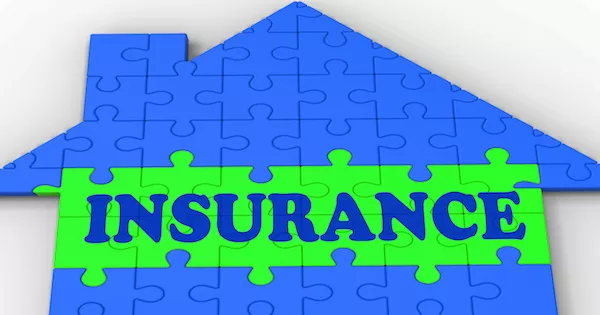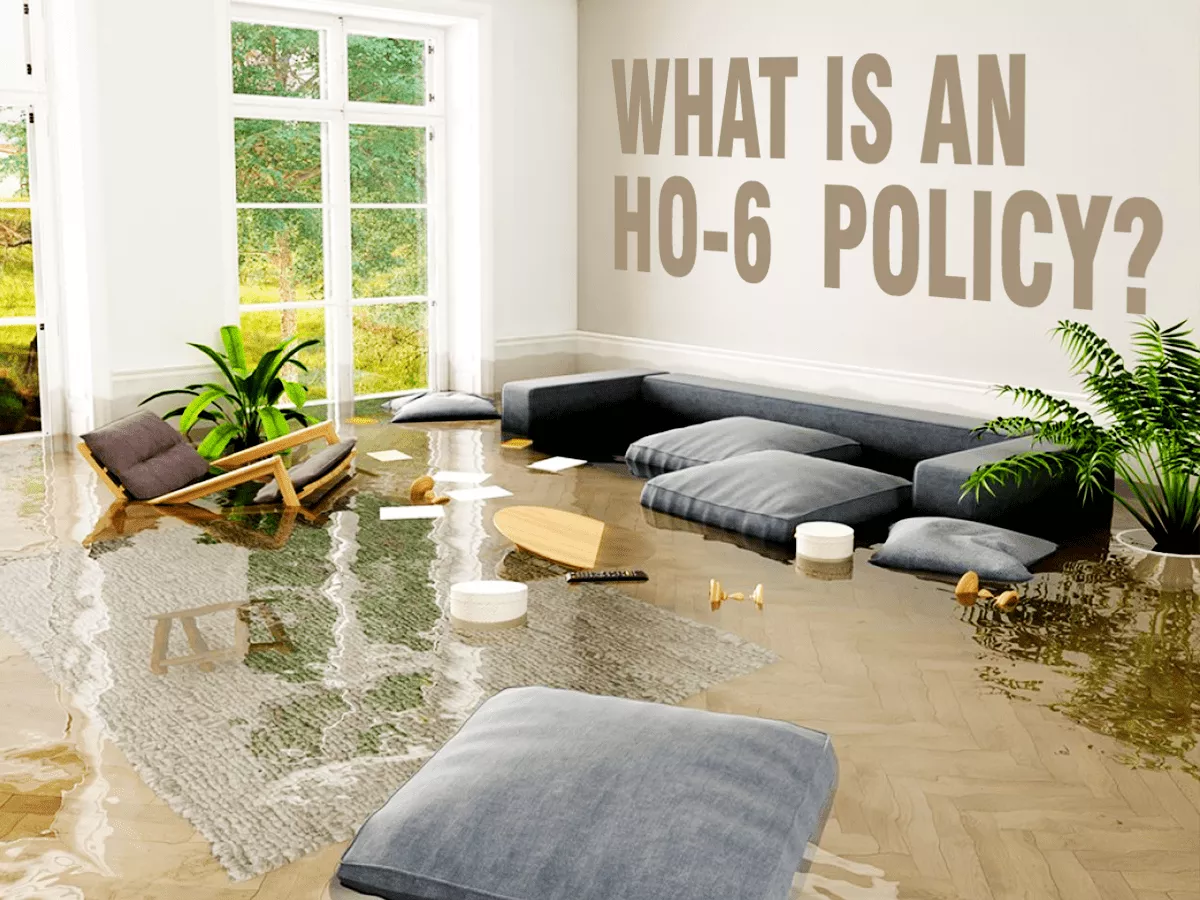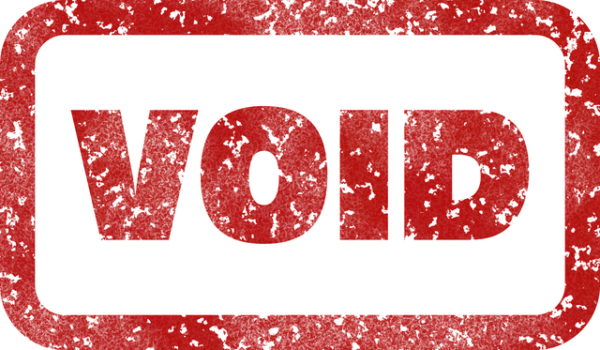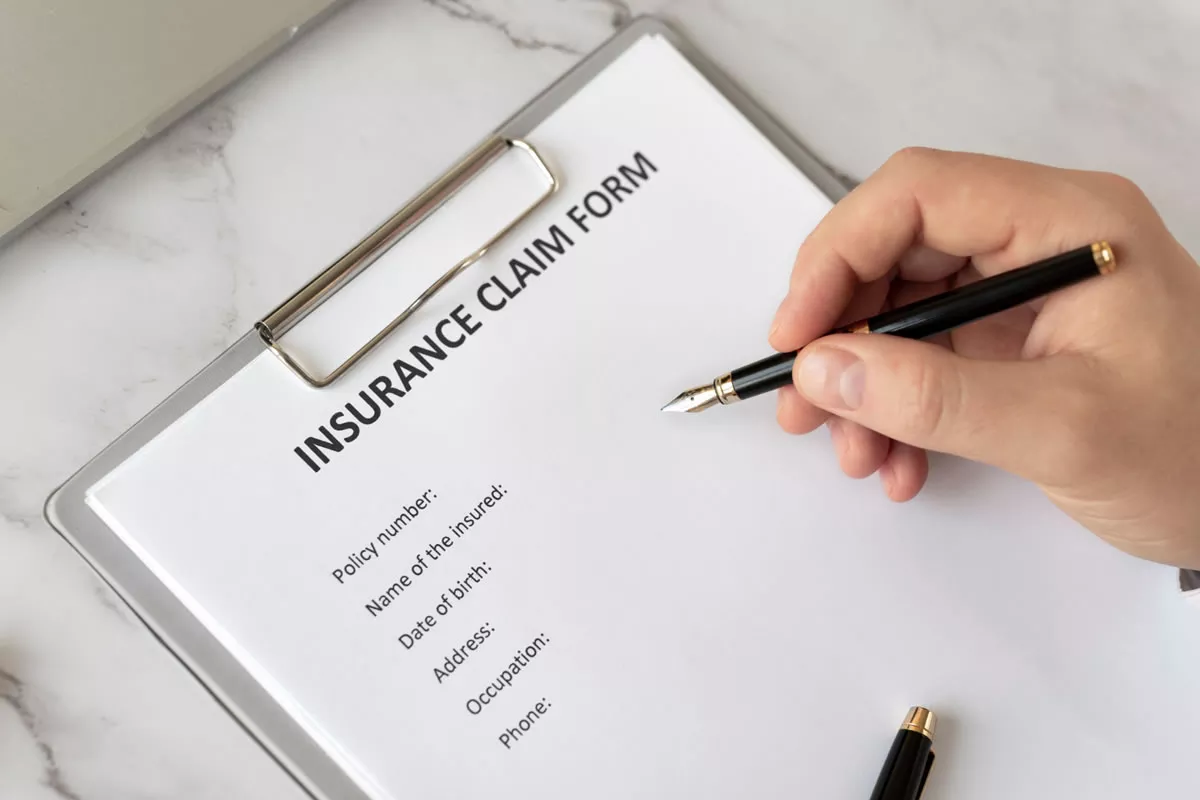When buying a home, one of the most significant investments you’ll make is purchasing homeowners insurance. It’s a crucial part of the mortgage process, ensuring that both you and your lender are protected from potential risks. This article will delve into the essentials of homeowners insurance in the context of a mortgage, explaining its importance, how it works, and what you need to know to make informed decisions. We’ll also address common questions to provide a comprehensive understanding of this vital coverage.
Understanding Homeowners Insurance in Mortgage
What is Homeowners Insurance?
Homeowners insurance is a type of property insurance that covers losses and damages to an individual’s residence and assets within the home. It also provides liability coverage against accidents in the home or on the property. This insurance is essential for protecting your investment and ensuring financial security in the face of unforeseen events.
Why is Homeowners Insurance Required for a Mortgage?
Lenders require homeowners insurance to protect their financial interest in the property. In the event of a disaster, such as a fire or storm, the insurance ensures that the property can be repaired or rebuilt, thereby protecting the lender’s collateral. Without homeowners insurance, a lender could suffer significant financial loss if the property were damaged or destroyed.
The Role of Homeowners Insurance in the Mortgage Process
Mortgage Approval: Before finalizing a mortgage, lenders will verify that you have adequate homeowners insurance. The insurance must cover at least the value of the mortgage to ensure that the property can be restored if damaged.
Escrow Accounts: Lenders often require borrowers to pay homeowners insurance premiums through an escrow account. This means that a portion of your monthly mortgage payment goes toward paying the insurance premium, ensuring continuous coverage.
Proof of Insurance: At closing, you’ll need to provide proof of homeowners insurance. This typically includes a declaration page from your insurance policy, outlining the coverage details and confirming that the policy is active.
Key Components of Homeowners Insurance
Dwelling Coverage
Dwelling coverage pays for repairs or rebuilding of the physical structure of your home if it’s damaged by a covered peril, such as fire, wind, or hail. This coverage ensures that your home can be restored to its pre-loss condition.
Personal Property Coverage
Personal property coverage protects your belongings, such as furniture, electronics, and clothing, from loss or damage. This coverage is typically a percentage of your dwelling coverage amount and can be adjusted based on your needs.
Liability Coverage
Liability coverage provides protection if someone is injured on your property or if you accidentally damage someone else’s property. It covers legal fees, medical expenses, and potential settlements, offering financial protection against lawsuits.
Additional Living Expenses (ALE) Coverage
If a covered loss renders your home uninhabitable, ALE coverage pays for the additional costs of living elsewhere. This can include hotel bills, restaurant meals, and other necessary expenses until your home is repaired.
Other Structures Coverage
This part of the policy covers structures not attached to your home, such as garages, sheds, and fences. It ensures these structures are also protected against covered perils.
see also:What Can You Claim for on Holiday Insurance
How to Choose the Right Homeowners Insurance Policy
Assess Your Coverage Needs
Determine the value of your home and personal property to ensure you have adequate coverage. Consider factors like the cost of rebuilding your home and replacing your belongings.
Compare Insurance Providers
Research and compare quotes from multiple insurance providers. Look for policies that offer comprehensive coverage at competitive rates. Consider the provider’s reputation and customer service as well.
Understand Policy Exclusions
Review the policy details to understand what is and isn’t covered. Common exclusions may include certain natural disasters, wear and tear, and specific types of water damage. Consider purchasing additional coverage for excluded perils if necessary.
Consider Bundling Policies
Many insurance companies offer discounts if you bundle your homeowners insurance with other policies, such as auto insurance. Bundling can lead to significant savings and streamline your insurance management.
Review Deductibles and Limits
Choose a deductible amount that balances your out-of-pocket costs with your premium payments. Ensure your coverage limits are sufficient to protect your assets without overpaying for unnecessary coverage.
FAQs
1. What happens if I don’t have homeowners insurance when I have a mortgage?
If you fail to maintain homeowners insurance, your lender may purchase insurance on your behalf and add the cost to your mortgage payments. This insurance, known as “force-placed” or “lender-placed” insurance, is typically more expensive and offers less coverage than a policy you could purchase on your own.
2. Can I choose my own homeowners insurance provider?
Yes, you can choose your own insurance provider. However, the policy must meet the lender’s requirements for coverage limits and perils covered. It’s important to shop around and compare policies to find the best fit for your needs.
3. What should I do if my insurance premium increases?
If your insurance premium increases, review your policy to understand the reasons behind the increase. You can shop around for a new policy or discuss potential discounts with your current provider. Additionally, consider adjusting your coverage limits or deductibles to manage costs.
4. Is flood insurance included in homeowners insurance?
Standard homeowners insurance policies typically do not cover flood damage. If you live in a high-risk flood area, your lender may require you to purchase a separate flood insurance policy. Even if it’s not required, it’s worth considering if your home is at risk of flooding.
5. How often should I review my homeowners insurance policy?
Review your homeowners insurance policy annually or whenever significant changes occur, such as renovations, major purchases, or changes in your household. Regular reviews ensure that your coverage remains adequate and up-to-date.
Conclusion
Homeowners insurance is an essential component of the mortgage process, providing crucial protection for both you and your lender. Understanding the key elements of homeowners insurance, including dwelling coverage, personal property protection, liability coverage, and additional living expenses, helps you make informed decisions when purchasing a policy. By assessing your coverage needs, comparing providers, and regularly reviewing your policy, you can ensure that you have comprehensive protection in place. Remember to address any changes or increases in premiums promptly and keep an open line of communication with your lender and insurance provider. With the right homeowners insurance policy, you can safeguard your investment and enjoy peace of mind, knowing that you’re protected against potential risks and financial losses.




















